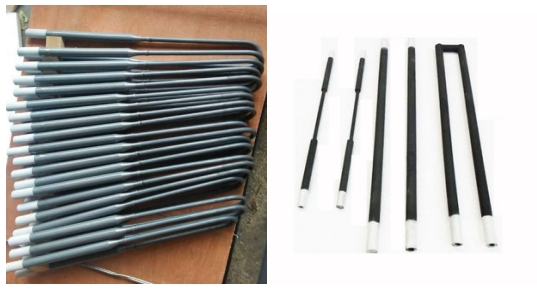- 13
- Feb
The difference between silicon carbide rod and silicon molybdenum rod?
The difference between silicon carbide rod and silicon molybdenum rod?
The silicon carbide rod electric furnace factory specializes in the production of silicon carbide rod high-temperature electric furnaces and silicon carbide rod heating resistance furnaces. 1400℃ high temperature experimental electric furnace\1400℃ silicon carbide rod electric furnace

1. The temperature is different: silicon carbide rods are generally used in muffle furnaces at around 1200-1450 degrees. The new process of hot bending of silicon molybdenum rods can now reach a temperature of more than 1900 degrees, which is generally used in high-temperature electric furnaces of 1500-1700 degrees.
2. The scope of application is different: silicon carbide rods are generally used in small box-type electric furnaces, experimental electric furnaces, and muffle furnaces. Silicon molybdenum rods can be used in industrial high-temperature furnaces such as large muffle furnaces, box furnaces, tube furnaces, ceramics, magnetic materials, glass, metallurgy, and refractory materials.
3. Different materials: Mingxin brand silicon molybdenum rod is a resistance heating element based on molybdenum disilicide. The silicon carbide rod produced by Mingxin Company uses high-purity green hexagonal silicon carbide as the main raw material: a billet is processed according to a certain material ratio, and a rod-shaped and tubular non-metal high-temperature electric heating element is made by 2200℃ high-temperature silicidation and recrystallization and sintering.
4. Look at the value: The new technology of hot bending of silicon molybdenum rods can theoretically be made into any shape and can be customized according to customer’s rules. Carbon rods and molybdenum rods of the same shape, the slender and delicate ones must be molybdenum rods.
5. The appearance is different: the surface of the silicon molybdenum rod is relatively smooth and the cold section is half thicker than the hot end, and the silicon molybdenum rod is solid. The welding traces of the silicon carbide rod interface part are more obvious. Is hollow.
